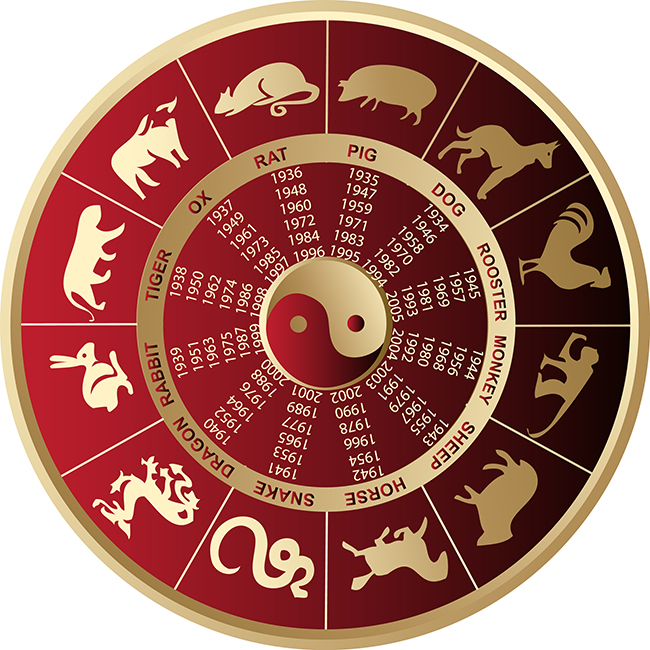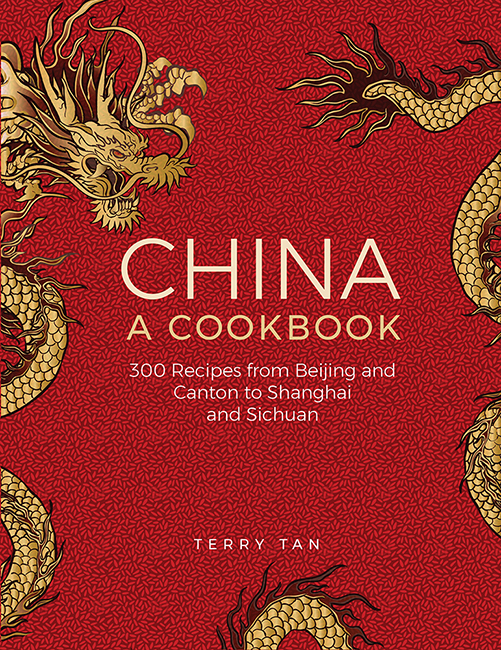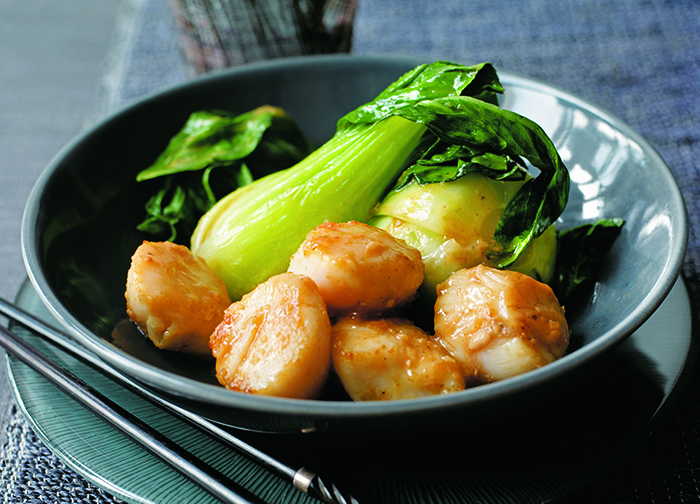
Chinese Zodiac which includes 12 animals by years
In case you are wondering, “Didn’t we already celebrate the year of the rat?” you are correct. There are 12 zodiac animals of the Chinese horoscope which rotate every 12 years and are associated with each new year.
So, here we are again with the rat, the first animal of the rotation. People born in the year of the rat are said to be industrious, thrifty, and lucky financially. Previous years of the rat include 1936, 1948, 1960, 1972, etc.
The Chinese New Year, also known as Lunar New Year and the Spring Festival, dates fluctuate and are based on the arrival of the new moon which appears somewhere between the end of January and early February. The celebration continues for around two weeks culminating with the arrival of the full moon.
In 2020, Chinese New Year is January 25 and lasts about 15 days, until February 8.
The other animals in the rotation are the ox, tiger, rabbit, dragon, snake, horse, goat, monkey, rooster, dog, and the pig.
What’s your zodiac animal? Check the chart above for your birth year!
 New Cookbook Celebrates Regional Chinese Fare
New Cookbook Celebrates Regional Chinese Fare
To celebrate the year of the rat (or any year!), you might want to grab a copy of China: A Regional Cookbook by Terry Tan.
The 624-page celebration of recipes from China includes regional specialties divided into sections of northern, eastern, southern and western China.
The author describes himself as “Singapore-born Chinese, with parents whose antecedents hark back not only to eastern China, but also to southern China, mingled with Southeast Asia. Our family kitchen was always perfumed with the scent of intoxicating herbs and other aromatic ingredients, such as lemongrass, ginger, chilies, limes, fresh coriander…”
Tan moved to England in the early 1980s to run a restaurant. At that time, “the public had not gotten their heads around the fact that I could be Chinese and yet not merely ladle out endless dishes slathered in sweet-and-sour sauce; my cooking instead incorporated many culinary influences,” he said.
His book provides an opportunity to learn more about the vast scope of Chinese cuisine. With gorgeous photography throughout, this tome of Chinese gastronomy is a beautiful addition to any cookbook collection.
Here is one of the recipes that we found to be delicious.
For more recipes, read the full article in Healthy Aging Magazine.
 Fresh Scallops and Pak Choi
Fresh Scallops and Pak Choi
Here is a dish with a true imperial flavor, one that Shandong citizens are extremely proud of as a banqueting dish.
Use the best scallops you can find – each one large and about a half-inch thick. The pak choi here is of the smaller variety, sometimes called Taiwan pak choi, with pale green stalks and dark green leaves.
This dish is sometimes served with the pak choi arranged to look like the spokes of a wheel, with the scallops on top.
Fresh Scallops & Pak Choi
Makes 4 servings
11 ounces pak choi/bok choy
11 ounces fresh scallops
1 tablespoons vegetable oil
1 tablespoon crushed ginger
1 tablespoon crushed garlic
1 tablespoon sesame oil
2 tablespoons Shaoxing wine or dry sherry
½ teaspoon salt
½ teaspoon ground black pepper
Pinch of sugar
Trim off the hard root end of the pak choi, while leaving them whole and as complete stalks. Bring a pan of water to the boil and blanch the pak choi for 1 minute, then lift out using tongs and drain. Blanch the scallops in the water for 20 seconds, then drain.
Heat the oil in a wok and fry the ginger and garlic for 2 minutes. Add the sesame oil, wine or sherry, salt, pepper and sugar. Stir for 30 seconds, then add the pak choi and scallops.
Continue to stir-fry for 1 minute, then serve immediately.
Variation: Vegetables such as snow peas, zucchini and green beans also make a good contrast. Blanch them in place of the pak choi.
Used with permission from CHINA: A REGIONAL COOKBOOK by Terry Tan, published by Lorenz Books.











